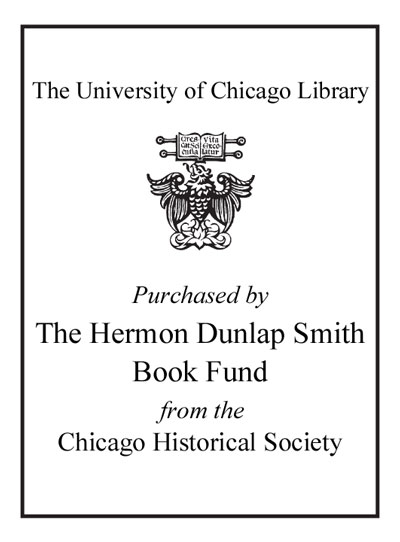Review by Choice Review
This work deals with a favorite topic of professional and amateur archaeologists: Paleo-Indians, in this case in Florida. Chapter 1 documents discoveries of materials beginning in 1850 from the Lake Monroe district northward of the Orlando area, and in 1871 and 1888 from the Osprey and Hanson sites south of Sarasota. These data, with others from the western US, helped establish the presence of people in the Americas in the late Pleistocene, with mammoths and mastodons, and into the early 20th century. Chapter 2 reports on post-WW II sites, particularly those associated with important natural coastal springs south of Sarasota: Warm Mineral and Little Salt. Both chapters deal with identifying the character and diversity of Paleo-Indian remains, such as point styles: Clovis, Suwannee, and Simpson, and bone and ivory pins/points. Purdy (emer., anthropology, Univ. of Florida) also discusses the sometimes good and sometimes bad relationships between professionals and the amateur and lay audiences of the state, and their impact on the collection and saving of important archaeologist materials: cementing remains into one's fireplace is not the best preservation method. The last short chapters summarize the knowledge to date and examine the pre-Clovis hypothesis. An important book! Summing Up: Essential. All levels/libraries. P. J. O'Brien emeritus, Kansas State University
Copyright American Library Association, used with permission.
Review by Choice Review

